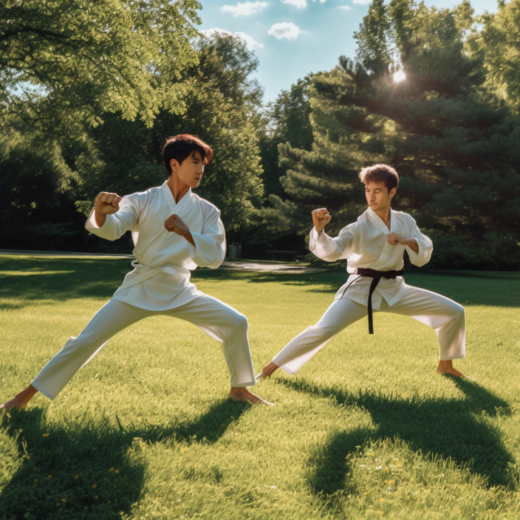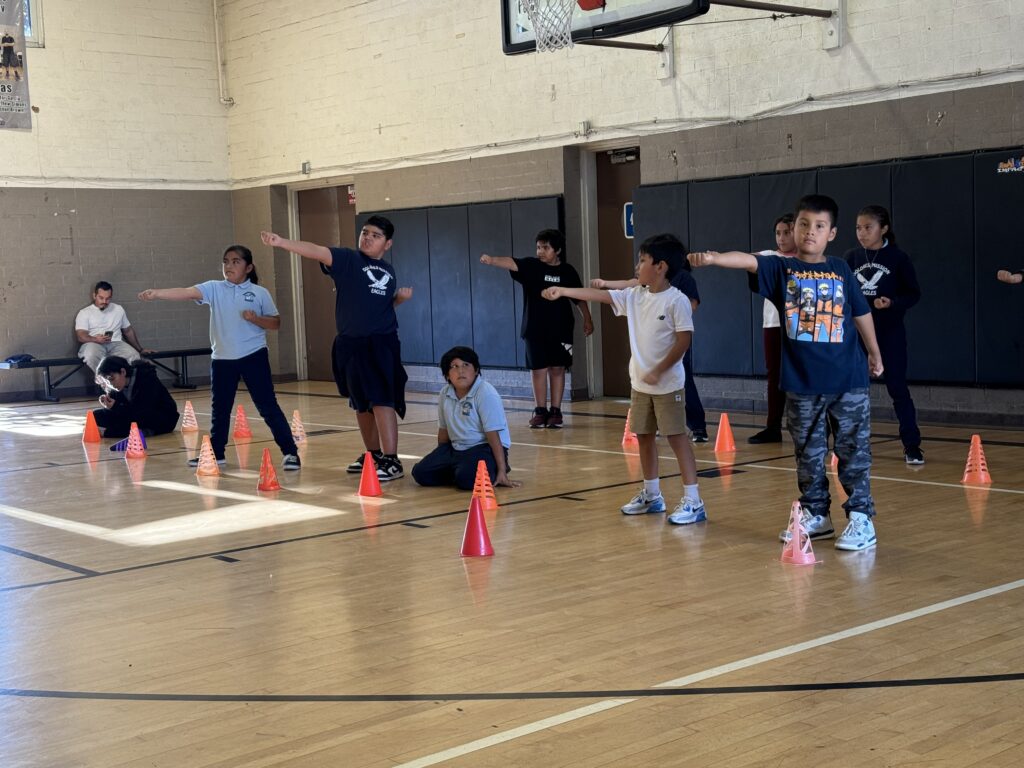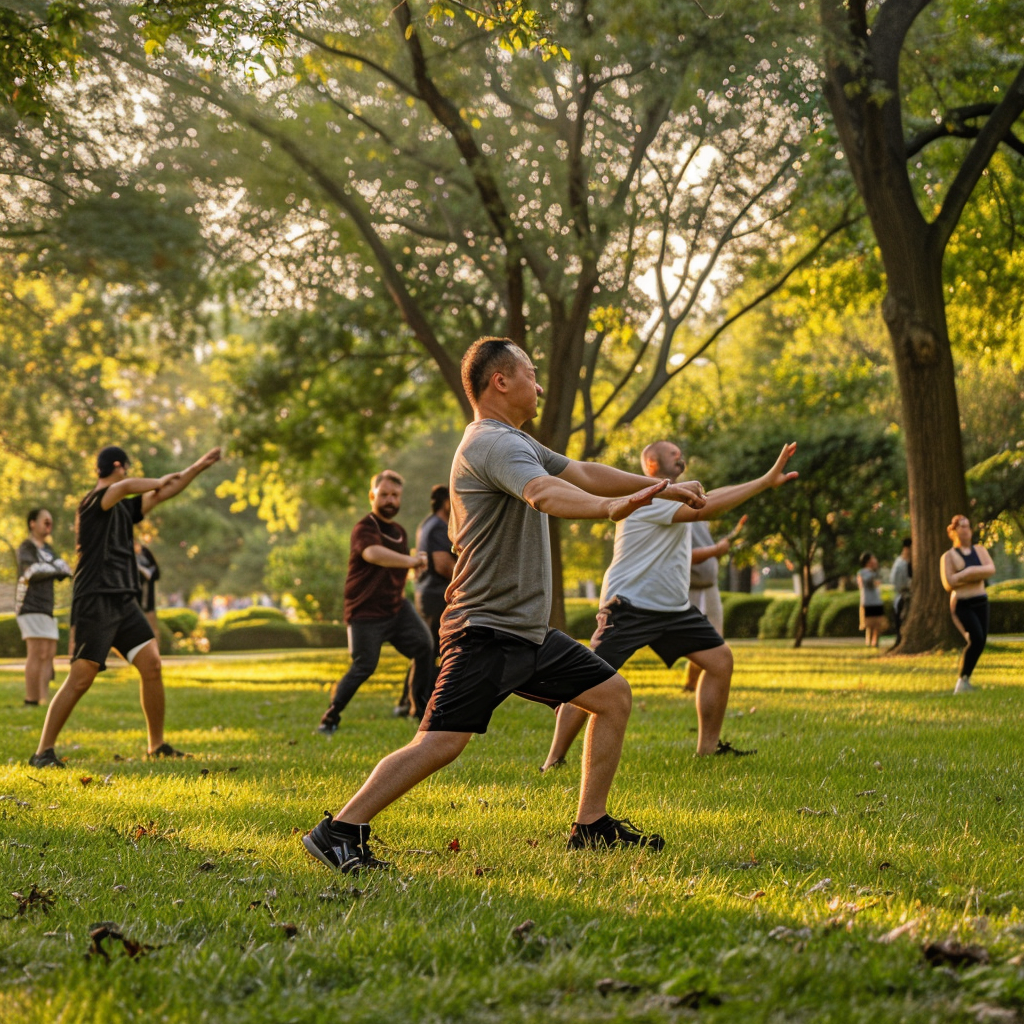 In the physically focused world of martial arts, it is easy to overlook the vital role of mindfulness for mental resilience.
In the physically focused world of martial arts, it is easy to overlook the vital role of mindfulness for mental resilience.
Beyond the expectations for physical conditioning and technical precision, the ability to maintain a calm and focused mind amidst the physical training is what sets apart a true martial artist.
Mindfulness, with its roots in ancient traditions, offers a gateway to cultivating this mental resilience.
By training the mind to be fully present and aware, martial artists can forge a deep connection between body and mind, creating the ability to tap into their inner reserves of strength and improve their decision-making skills.
To truly illustrate the benefits of mindfulness in martial arts, we will explore practical techniques and strategies to incorporate into your training regimen. From breath awareness to mindful movement and meditation, we will uncover a comprehensive map of mindfulness practices that can be seamlessly integrated into your martial arts journey.
Breath Awareness and Meditation
One of the fundamental aspects of mindfulness is creating an awareness of the breath and the body. By directing our concentration to the natural rhythm of our breath and paying attention to different sensations in the body, we can develop a heightened sense of self-awareness and present-moment focus.
In addition, through breath awareness, we can regulate our emotions and maintain a calm state of mind even amid intense training or stressors. By focusing on the physical sensations and tensions within our bodies, we can begin to learn how to identify areas of imbalance that may affect our movements and performance. By incorporating breath awareness into our training, we can enhance our overall mind-body connection and optimize our martial arts practice.
A thorough comprehension of breath awareness and how it affects your performance brings us to the concept of meditation. Meditation is a core practice of mindfulness and offers a powerful tool for training the mind and developing inner strength.
By dedicating regular time to meditation, we can reap the benefits such as focus, concentration, and emotional stability. Meditation also helps to quiet the incessant chatter of the mind, allowing us to be fully present in each training session and to respond skillfully to challenges instead of simply reacting.
Through the practice of breath awareness and meditation, we strengthen our mental fortitude, enhance our ability to stay calm under pressure, and develop a resilient mindset that extends beyond the training hall into all aspects of life.
How Do We Practice Breath Awareness and Meditation?
We recommend taking a few moments before practice and after practice to both clear your mind as well as open it to new lessons and experiences. Here is a simple technique to begin, and feel free to modify as you see fit.
- Find a Quiet and Comfortable Space: Begin by finding a quiet space where you can sit comfortably without distractions. You can choose wherever you’d like, with your back straight and relaxed. Rest your hands on your lap or place them gently on your thighs.
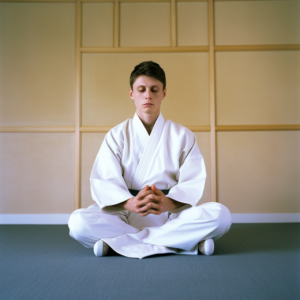 Get in a Relaxed Posture: Close your eyes. Take a moment to settle into your posture, allowing your body to relax and let go of any tension. For many of us, this part is the most difficult. Try to imagine yourself in the place that makes you the happiest and focus on the calm state of mind you begin to feel.
Get in a Relaxed Posture: Close your eyes. Take a moment to settle into your posture, allowing your body to relax and let go of any tension. For many of us, this part is the most difficult. Try to imagine yourself in the place that makes you the happiest and focus on the calm state of mind you begin to feel.- Bring your Attention to your Breath: Notice the natural flow of inhalation and exhalation. Feel the sensation of your breath as it enters and leaves your body. Notice the rise and fall of your abdomen or the feeling of air passing through your nostrils.
- Deepen your Breath: Take a few deep, slow breaths, inhaling deeply through your nose and exhaling fully through your mouth. As you breathe in, imagine filling your lungs with calmness and clarity. As you exhale, visualize releasing any tension or stress from your body and mind.
- Stay Present in your Breath: Continue to stay present with your breath for a few minutes, allowing each inhalation and exhalation to anchor you in the present moment. If your mind starts to wander, gently bring your focus back to the breath.
- Conclude: When you feel ready, gently bring your awareness back to your surroundings. Take a moment to notice how you feel—physically, mentally, and emotionally.
Of course, this is not simply an exercise for martial arts. If you notice that you’re feeling uptight or worried, try this series of motions to gain focus and find your peace. After practicing this technique for a while, you’ll begin to understand what works specifically for you.
Mindful Movement
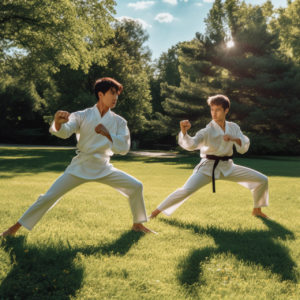 Mindful movement is about bringing an intentional presence to each movement we make during training. It involves slowing down, consciously experiencing and observing the details of our techniques, and maintaining a deep focus on our body’s alignment, balance, and fluidity.
Mindful movement is about bringing an intentional presence to each movement we make during training. It involves slowing down, consciously experiencing and observing the details of our techniques, and maintaining a deep focus on our body’s alignment, balance, and fluidity.
Just as we spoke of focusing attention on our breath and our body through awareness and meditation, engaging in mindful movement establishes a heightened sense of perception and kinesthetic awareness, enabling us to perform techniques with precision.
Each technique becomes an opportunity for growth, as every movement becomes a dialogue between our mind and body.
Perhaps most importantly, especially for beginners, this approach also helps to prevent injuries by promoting correct body mechanics and reducing unnecessary tension. By incorporating mindful movement, we not only improve our physical execution but also deepen our connection with the art form itself. Our movements become intentional instead of based purely on reaction, where most mistakes and injuries occur.
After practicing these techniques a few times, you’ll begin to notice that your body flows more in tune with your mind, and that it isn’t as difficult to perform tasks. Creating the connection between your mind and how your body moves is an invaluable tool within the world of martial arts and will allow you to fully comprehend your lessons instead of simply regurgitating them. This provides a clearer pathway towards the goals you’ve set for yourself and creates a sense of confidence in the control that you have over your body.
The integration of mindfulness into martial arts opens a world of possibilities for personal growth and mental resilience. By embracing breath awareness and mindful movement, martial artists can deepen their mind-body connection, refine their techniques, and enhance their performance.
In addition, the practice of meditation initiates a resilient mindset, allowing practitioners to navigate challenges with composure both on and off the mat. Remember that this is a continuous practice: you must be consistent and patient to reap the benefits of that mind-body connection. Embrace the challenges and setbacks you might experience as opportunities for growth, and make sure to celebrate the progress you make along the way.
